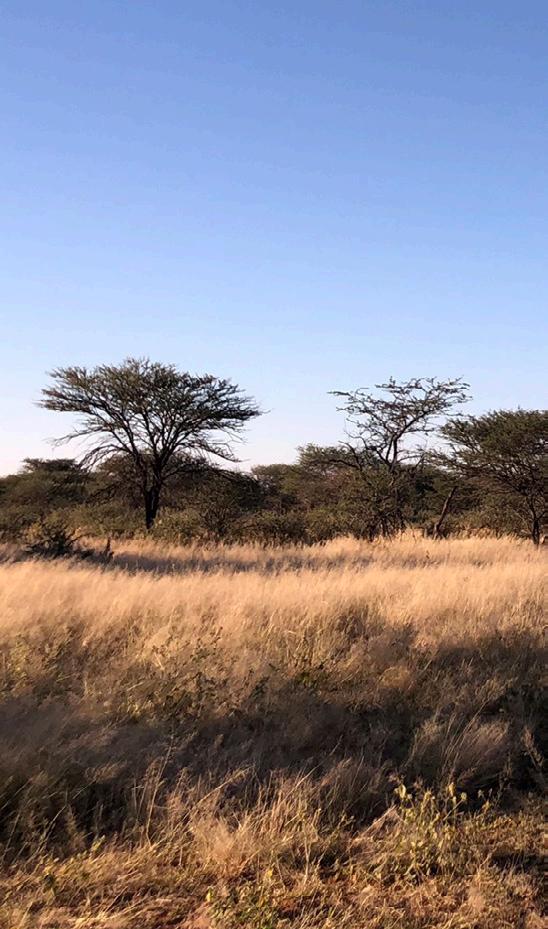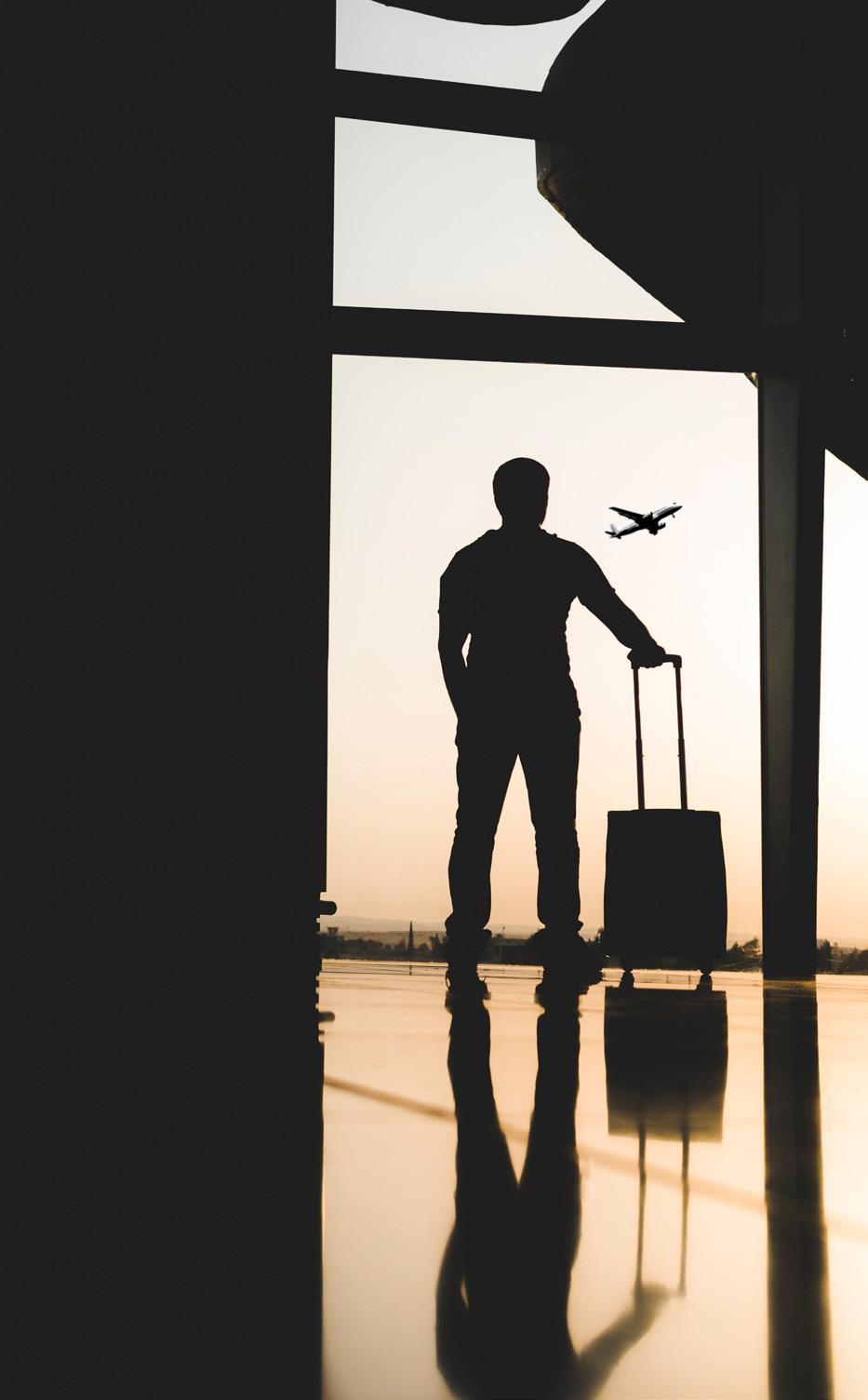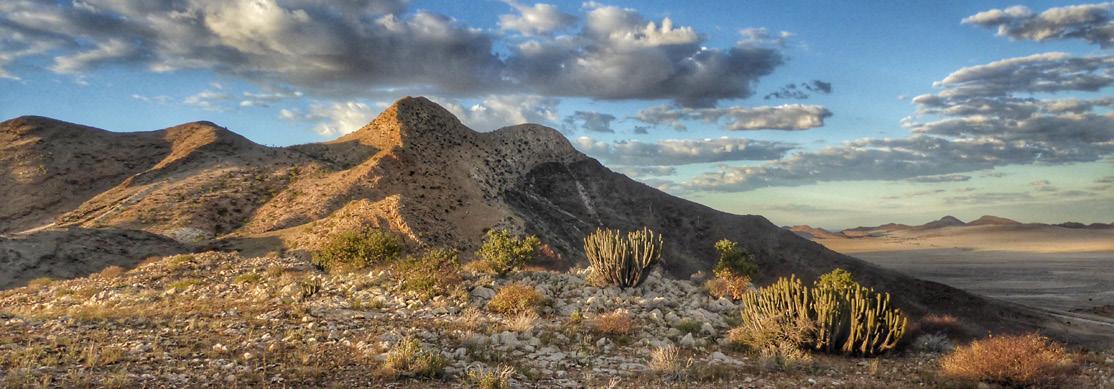
3 minute read
THE RICH LEGACY OF THE FINNISH MISSION SOCIETY IN OWAMBO
Various mission societies were already active in different parts of the world when the first missionaries of the Finnish Mission Society (FMS) completed their studies in 1866. The society needed its own mission field and as the Rhenish Mission Society did not have the resources to expand its work in what was then known as German South- West Africa, missionary Carl Hugo Hahn invited the FMS to open its mission field in Owambo.
On Friday, 27 May 1870, a group of six Finnish missionaries, among them Martti (Martin) Rautanen who would become known as the Apostle of Owamboland, and two artisans set off from the Rhenish Mission Station at Otjimbingwe for Owambo. They received a warm welcome from Ondonga King Shikongo shaKalulu when they arrived at his palace at Omandongo on 8 July 1870 after a six week journey by oxwagon. A divine service was held the following day, marking the date of the introduction of Christianity to Owambo.
In addition to enduring the open hostility of some of the kings, the missionaries faced intolerable upheavals – food shortages, floods, illness and death. Malaria, measles, fever and other diseases took a heavy toll on the missionaries and their families. The graves of three missionaries, five missionary wives and seven children bear testimony to the loss of lives between 1880 and 1900.
The rate of conversion among the Aawambo was painfully slow. It took 13 years of unrelenting labour before the first baptism took place on 6 January 1883. After 20 years in the field, the number of Christians in Owambo was a mere 489. But the slow pace of conversion did not discourage the missionaries and by 1920 the number of Christians stood at 7,695 and then increased to 23,126 by 1930. By 2010, the Evangelical Lutheran Church in Namibia (ELCIN) had grown to 126 parishes with 703,893 members – making it the largest religious denomination in Namibia.
To spread the Gospel to the Aawambo, the development of Oshindonga into written form was one of the priorities of the missionaries. The first basic textbook for teaching and learning, ABD Moshindonga (there was no C in the Oshindonga alphabet), arrived in Owambo in October 1877. The missionaries also translated and compiled several hymnals, biblical histories and other religious texts. The New Testament was published in December 1903, the Old Testament was printed in 1925.
The first teacher’s training school for men was opened at Oniipa on 18 June 1913, followed by the first theological seminary, also at Oniipa, in 1922. Mission schools for women and boarding schools for boys and girls were also established in various kingdoms in Owambo.
The missionaries had no access to medical care until the first doctor, Selma Rainio, arrived in 1908. The first hospital in Owambo was inaugurated at Onandjokwe on 9 July 1911 and it became the main hospital in the north until the Oshakati state hospital was opened in 1966. The increasing number of patients required more nursing staff as more hospitals and clinics were built in other Aawambo communities, and an auxiliary school for nurses was opened at Onandjokwe in 1930. The first midwifery school, not only in Owambo but in the entire country, was established at the hospital in 1964, followed by a school for enrolled nurses in 1966. In 1960 the Finnish mission hospitals and clinics attended to 14,600 inpatients and 160,000 out-patients.
In addition to spreading the Gospel, several missionaries also found time to collect botanical specimens, keep meteorological data and collect artefacts which provide a fascinating insight into the culture and customs of the Aawambo nearly a century-and-a-half ago.

One of the original buildings at the Onandjokwe hospital, the first hospital in Owambo.
Willie Olivier










